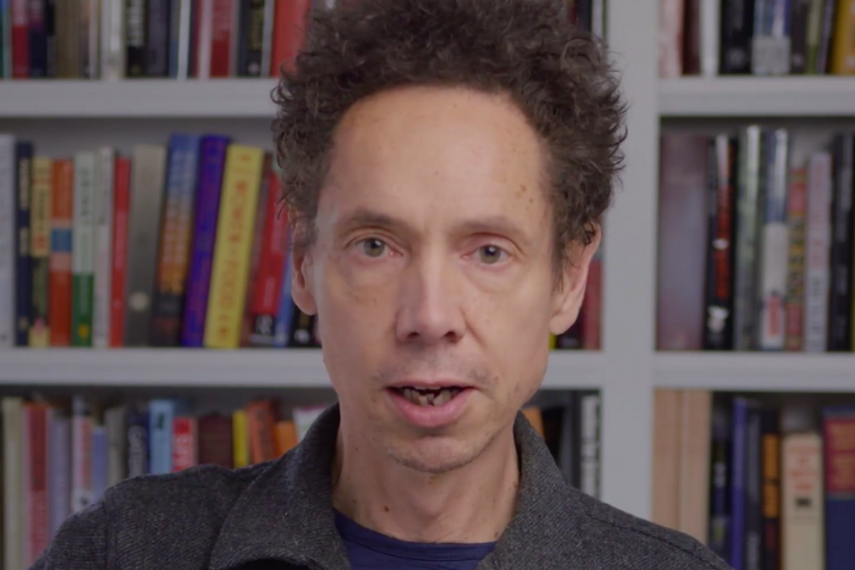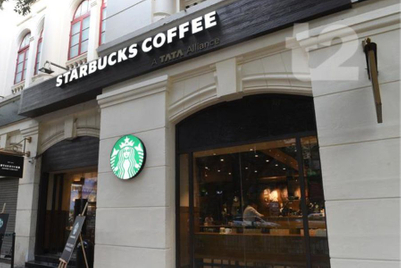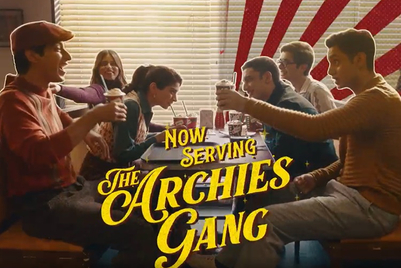Malcolm Gladwell, journalist, bestselling author and public speaker spoke to audiences at the Adobe Summit 2021, held between April 27-29. Gladwell’s session, ‘A Crisis is a Terrible Thing to Waste’, centred around how the Covid-19 pandemic has presented businesses with an unexpected opportunity: a chance to rethink and re-write their organisational rulebook. At the back of this, what should businesses be doing with this rare chance of a different world as they stand at the cusp of change?
Gladwell kicked off his session with a simple question: what world are we getting ready for? To set the context, he said, “I was born in the last year of the Baby Boom (the years between 1946 to 1964). When I ask myself the question ‘What is the most iconic social movement of my generation?’, the answer is obvious: it’s Martin Luther King Jr.’s Civil Rights Movement of the 1960s. In particular, the most famous Birmingham campaign of 1963.”
He then went on to set context on the movement: King was the head of the Southern Christian Leadership Council (SCLC) in Atlanta that did civil rights work. He chose Birmingham – one of the most racially divided cities in North America, and whose police chief was the notoriously racist Bull Connor – as one of the places to take the revolution to.
“The idea was to confront Bull Connor so that he would overplay his hand, proving to the world what a horrible person he is and what a horrible system Birmingham is,” Gladwell said. He then provided an overview of the campaign protests where Connor systemically arrested protesting citizens including school children, till jails were full. The result? A bigger volley of protests that pushed Connor to react and “overplay his hand” where members of the media captured his racist atrocities for the world to see.
Gladwell drew parallels to King’s Birmingham campaign with that of a typical military structure – to make a point about hierarchies. Gladwell says that all the revolutionary movements of the time played out with similar strategies.
To the Gen Zs, he asked, “What is your equivalent of the Civil Rights Movement of the 1960s? It’s probably the Black Lives Matter (BLM) movement from last summer triggered by the shooting of George Floyd.” Gladwell went on to compare the BLM movement with the Civil Rights Movement:
1) BLM didn’t have a clear leader in charge unlike King, who helmed the latter
2) Unlike the Civil Rights Movement, BLM didn’t have a clear ideology but a few ideas encapsulating a wide range of notions
3) King took a whole year to chart out the course of his movement, while BLM was a spontaneous response to Floyd’s killing
“What passes off as a social revolution in today’s world versus the world I was born into couldn’t be more different,” Gladwell said. Baby boomers always stuck to the hierarchy whenever they wanted to make a sustained change in the world. They were used to a simple notion: if you wanted to get something done, you had to use hierarchies. What is the hierarchical model, then? Gladwell explained:
1) It’s a closed system with a clear line between who belongs to the organisation and who doesn’t
2) It’s disciplined with a clear set of ideas, codes and conduct
3) It’s centralised with the power in the hands of a small group of people
Here, he said that the older generation’s definition of what a social model looks like differs from how the digital generation perceives it. Their reference point isn’t the hierarchy but the ‘network’. All the social justice movements of the last 10 years – BLM, Occupy Wall Street, Arab Spring – were networks. All these movements were decentralised, flexible and made up their rules as they went along.
Gladwell believes that the network, a profoundly different model, is around us in today’s economy. He took this thought further with a scenario where several present-day network innovations were transported back in time. Starting with Airbnb he said, “Imagine if it was 1970 and I said ‘I have a great idea. How about you can rent your house out to a stranger you’ve never met and they’ll pay you for it?’ It sounds nuts. However, in a world that’s comfortable with networks and that is more open, decentralised and flexible, it makes complete sense.”
Next, he places the concept of Uber in the New York of 1990s. The idea of summoning a car without making a phone call, that’s driven by a stranger and that would take one home without the need for any conversation would be unimaginable back then.
However, Gladwell says no one model is better than the other. Hierarchies are great at executing complicated things but are very hard to build. Networks are flexible but can have a lot of trouble executing strategies.
Pre-pandemic, he says that both, hierarchies and networks, co-existed in a way that they would clash sometimes or work in harmony. However, Gladwell believes that the network model has won thanks to the pandemic. Simply put, last March’s lockdown resulted in the world deconstructing every hierarchy-led activity they had known – for instance, the idea of an office or a vaccine rollout. The pandemic challenged both these hierarchies with network solutions.
“I don’t think we can go back. This model has won,” admitted Gladwell.
Hereon, he outlined the big implications for brands in the new world. He said, “We’ve had a hierarchical notion about what a brand is that has dictated the way organisations interact with consumers.”
He cited Starbucks as an example of an old-school, hierarchical brand, where all its processes – training of staff, brewing of the coffee, roasting of the coffee beans, for instance – across the world is dictated by the brand’s headquarters. He juxtaposed Starbucks with indie coffee shops, which are all different based on the cities they are in, the people working for them or the way they choose to operate. They have an entire story behind every process in the network that makes for the backstory; a fundamentally different way of working from any Starbucks.
He said, “Years ago, not a single consumer asked a brand ‘What is the power source for the manufacturing plant for my Tide?’ You evaluated Tide based on its price and how good it was at cleaning your clothes. With a network model, people want to know about the entire network that brought that Tide to your laundry room. And if you’re Proctor & Gamble, you will have to change the way you manufacture it to answer that question; in a way that it conforms with this new model of expectations on the part of this consumer.”
In closing, Gladwell mentioned another important lesson brought on by the pandemic – resiliency. To further his point, he mentioned the lightning speed at which Covid vaccines – from research and trials to inoculations – took place within just a year.
“In the face of this, do you honestly believe that people can continue to be pessimistic about our ability to solve problems? Do you think genetically modified organisms can survive that kind of case study and how incredible science is? Do you think there will be a powerful anti-vaccination movement in this country in the face of an experience where we’ve managed to stop a deadly disease in its tracks inside a year? I don’t think so. We are in a different world now; it is a much better, hopeful, stronger and resilient place. And that’s the world we have to be ready for."




.jpg&h=334&w=500&q=100&v=20250320&c=1)
.jpg&h=334&w=500&q=100&v=20250320&c=1)

.jpg&h=334&w=500&q=100&v=20250320&c=1)


.jpg&h=334&w=500&q=100&v=20250320&c=1)


.jpg&h=334&w=500&q=100&v=20250320&c=1)
.jpg&h=268&w=401&q=100&v=20250320&c=1)




.jpg&h=268&w=401&q=100&v=20250320&c=1)


